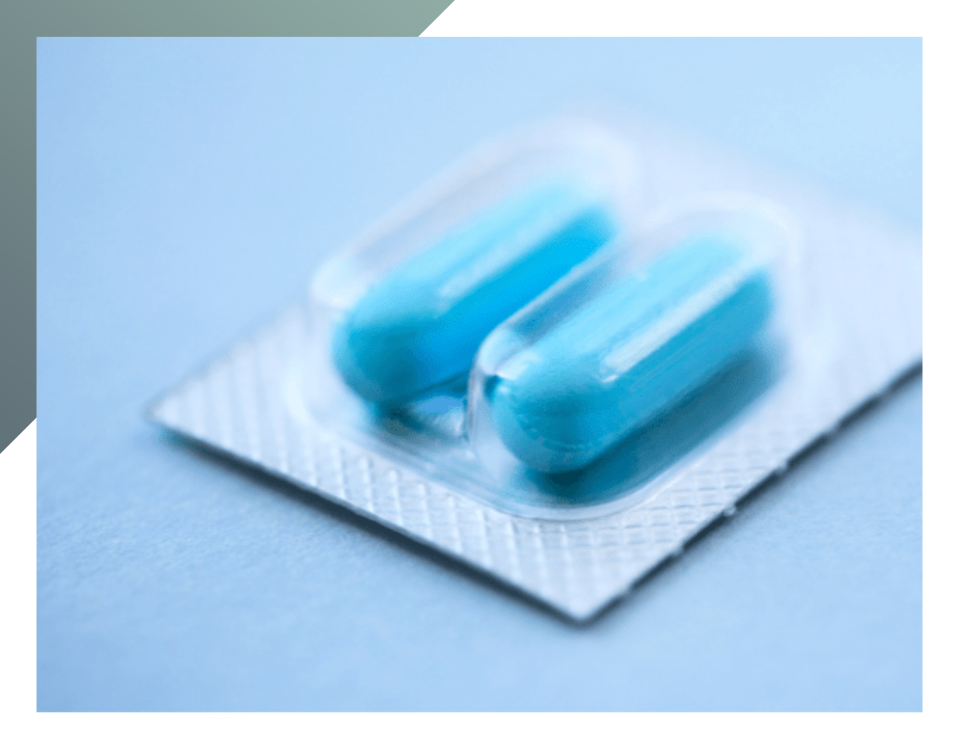Pharmaceutical packaging has evolved to ensure safety and clarity for patients, leading to the creation of child-proof solutions that are safe and difficult for children to open. This important feature reduces the risk of poisoning for young children but does not always align with the need to make medicines more accessible to the elderly, who often have different needs regarding dosage and packaging. This important feature reduces the risk of poisoning for young children but does not always align with the need to make medicines more accessible to the elderly, who often have different needs regarding dosage and packaging. As the global population ages, there will be an increasing demand for these medications, which can present challenges in determining the correct dosage, as well as handling the packaging. Furthermore, the abundance of information on packaging and package inserts can present readability challenges, which may impede proper therapeutic adherence. This article will examine the evolution of pharmaceutical packaging for the elderly, guided by principles of functionality and readability, with the support of new design solutions and digitalization.
Why is it important to develop senior-friendly packaging?
In Italy and many other countries, the elderly population is growing rapidly: the World Health Organisation predicts that by 2050 the world’s population of over 60s will have doubled. It is therefore no coincidence that the elderly population is a key segment around which innovation in the pharmaceutical sector is focused. Over time, companies have developed packaging solutions that ensure high resistance to tampering by children, but now they are beginning to invest in designs that make packaging accessible to the elderly population. Older people, who often have joint or cognitive problems, frequently find it difficult to open various types of products, especially those designed to be child-resistant. For example, many of them may not have the strength or ability to open packaging that requires a certain amount of force, such as bottles or systems that require a strong pull. In addition, they may also struggle to read the information and instructions on packaging, which are often full of technical terms and in very small print. As a result, one of the biggest challenges elderly patients face is following prescribed therapies precisely. Many patients have found that some modern packaging does not encourage therapeutic adherence after the first four months of treatment due to the above problems.
Pharmaceutical packaging and digitalization
According to the “Senior-Friendly Healthcare Packaging” study conducted by the research company PMMI, in 2019 around 60% of people aged 50 and over ordered products online. This figure has increased significantly in subsequent years, particularly in the area of medicines ordered from the growing number of online pharmacies, demonstrating that many over-50s are becoming more familiar with digital tools. A prime example is Amazon’s solution, which offers PillPack service to Prime members in the United States, delivering free single-dose medications for chronic diseases with a prescription. Digital transformation is also influencing packaging design criteria. An increasing number of pharmaceutical companies are adopting smart packaging criteria to allow easier access to medications. For instance, intelligent technologies are integrated into packaging, such as RFID (Radio Frequency Identification) or NFC (Near Field Communication) codes, which are already widely used in anti-counterfeiting and drug traceability systems. These monitor the opening of packages and the dosage used. Other functionalities include QR codes, which can be read using a smartphone, make it easier to read information about the medicine. Other features include automatic reading of text on packaging and leaflets through specific apps to help visually impaired patients and facilitate their medication intake.
Personalised doses
An increasing number of elderly patients are requesting access to medications with personalized doses in order to improve therapeutic compliance, which tends to decline with age. Single-dose units have become a common packaging solution, especially in the ophthalmological sector. This trend is becoming appreciated by patients with chronic diseases or those who need to take multiple medications and solutions that keep their medications organized and easily accessible. For this reason, many companies use aluminium or composite blisters to produce small quantities of the required dose, whether single mixtures or tablets, marked by day of the week or time of administration for a given period (e.g., one or two weeks). The medication is packaged in a strip of hermetically sealed and hygienic pouches. This packaging and labelling method keeps the drug safe and reduces the risk of error.
Improving readability and accessibility
One of the main symptoms of aging is undoubtedly declining vision. To ensure that elderly patients can easily read the large amount of information on the packaging and package inserts, graphic elements have been adopted to improve information comprehension. This includes slightly increasing the text font size (provided it does not conflict with Directive 2001/83/EC, which regulates pharmaceutical packaging design in all its parts). This aspect can be combined with the inclusion of universally recognized images and icons to communicate information about the product, its administration, or its opening. The use of color and bold text can also help elderly patients focus on the most important instructions. Braille printing technology, which is also useful for visually impaired patients, is already widely used. In any case, many pharmaceutical companies adopt visual inspection systems to verify the correct readability of the packaging in all its parts. In terms of easy opening solutions, many companies are investing in packaging with visible opening tabs instead of requiring strong pulls or forcing flaps, particularly in the case of cardboard packaging. For pharmaceutical blisters, the key is flexibility: they can be produced with thinner aluminium films, which are also easier to break during finger pressure on the tablet, making it easier to remove from the package.
How can we help you?
If you would like to learn more about our commitment to sustainability or have any questions about our projects and initiatives, we are here to provide you with all the information you need.



